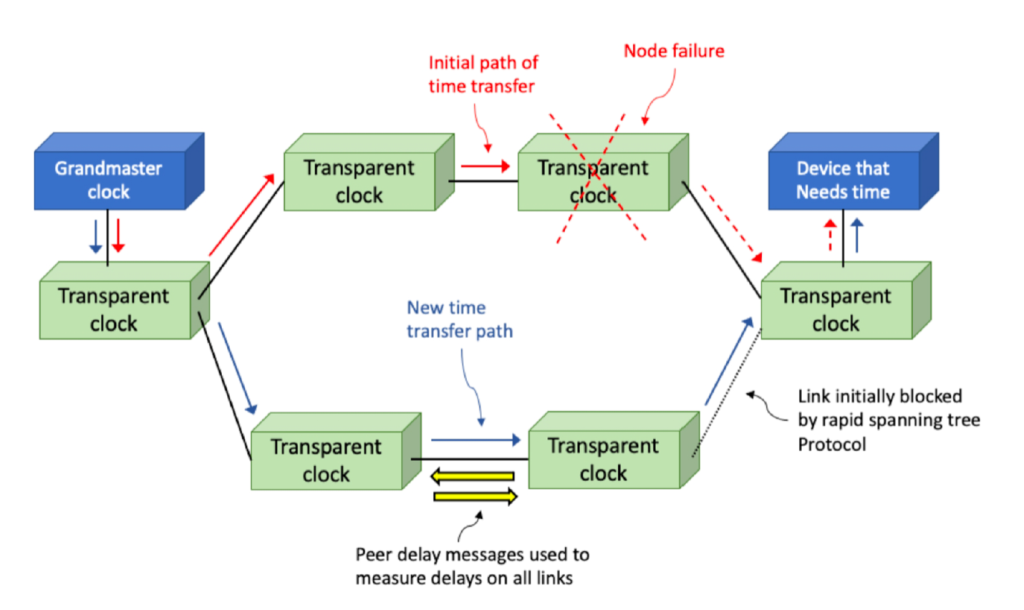
A team of researchers from Oak Ridge National Laboratory (ORNL), Meinberg Engineering, Pacific Northwest National Laboratory, National Instruments and the National Institute for Standards and Technology published an overview of recent advances in precision clock synchronization protocols and how these advances may be applied to power grid control systems. The paper described distributed clock protocols in detail and provided insight into how they can be employed in various ways to benefit the power grid. The availability of IEEE 1588-2019 is a recent and significant advancement in this topic area, and the authors presented several examples that illustrate how this new technology impacts the grid and why its potential is exciting. The paper provided context, including the requirements for timing uncertainty, and described how the new PTP timing protocol advances address multiple issues. By illustrating timing needs with examples taken from the power grid, the paper covered a range of such issues—including discontinuities (e.g., leap seconds), uptime, and the properties of the time uncertainty; how the timing signal is propagated (e.g., WiFi, fiber, existing power lines); whether the solution is interoperable and backward compatible with legacy systems; security of the timing signal (e.g., spoof-proof, jamming resistant, provisions for authentication verification); latency effects in sensor measurements and timely actuations in grid controls to evade failures or disasters; and cost factors, both one-time costs at installation and recurring costs throughout the solution’s lifetime. Finally, the paper showed applications of these advances by identifying how the power grid gains new capabilities for improved situational awareness, improved resilience, and improved time fidelity. The paper serves as a resource in clarifying the importance of precision time synchronization and its role in supporting and advancing the development of future smart grids for which the public and industry are expected to have increased requirements for the on-demand flexibility, reliability, and resilience of power grids.



